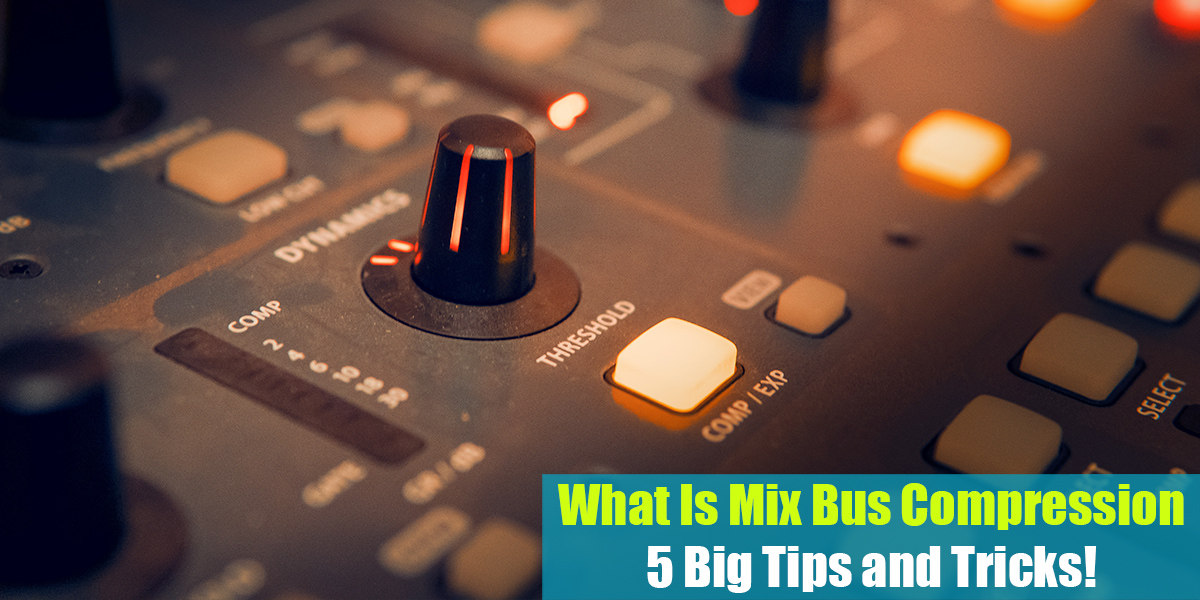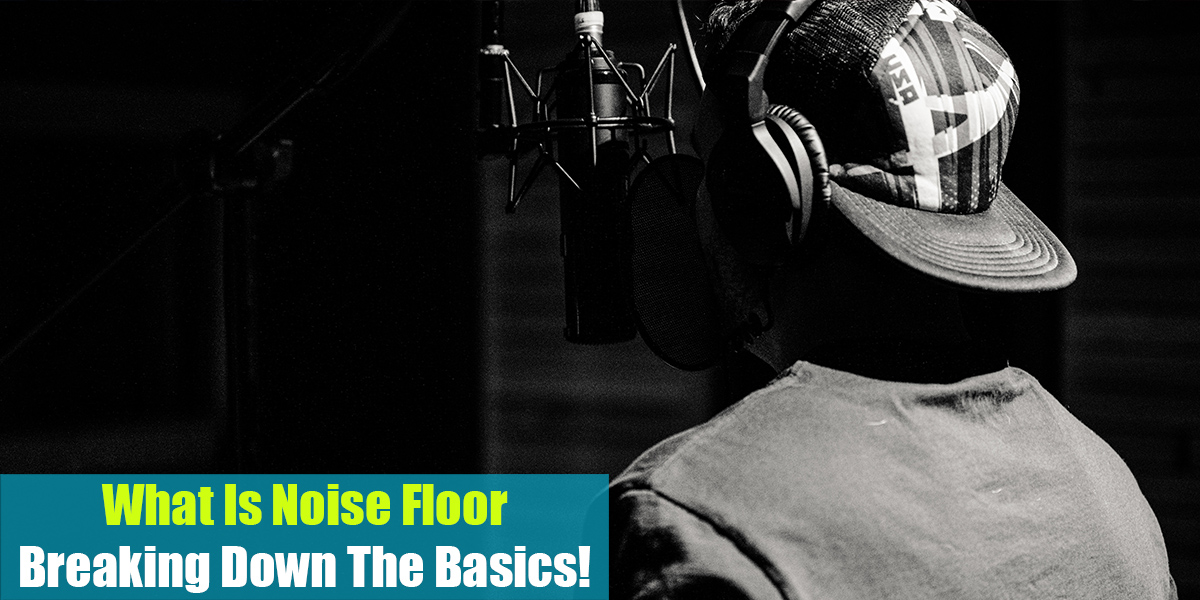Reverb Mixing Tricks
Introduction
You can instantly improve your mix by adding reverb to different elements. Mixing reverb in many different ways can have an enormous impact on the quality of its effect. The point at which a reverb overtakes the mix will be when it is pushed too far and when everything loses its focus. There are times when you’ll want to do that for certain elements.
You can increase the depth of your mix by changing the amount of reverb between different elements by creating the illusion that some elements are farther away (i.e. the listener will hear more of the space that the element is in and less of the element itself) than others by varying the amount of reverb between them. A mix that is “too wet” won’t have the same impact on the listener.
Although we touched briefly on the topic of reverb, we are going to dig a little deeper into it and give you some specific tips and tricks on how to use reverb effectively and get some interesting outcomes that will very certainly benefit your song.
1. Abbey Road Reverb EQ Trick
We feel like it is mandatory to start with this trick of EQing the reverb to this specific frequency curve that was made famous in the studio that created many world-renowned music stars.
It can be beneficial to use the Abbey Road technique when working with vocals in a dense mix to carve out space and eliminate unnecessary frequency response content. In the Abbey Road reverb technique, an EQ is placed before the reverb plugin to disable the lows and highs, resulting in a bandpass effect for the wet reverb.
As a starting point, we recommend you apply a high-pass filter to your EQ over 400Hz and a low-pass filter to it below 6kHz. This will eliminate lower frequencies that can make your mix muddy, lower highs that may clash with the top end of your vocals, and maintain the midrange frequencies that create reverb’s dense and rich harmonics.
Take these frequency points as a starting point from which you will adapt to the requirements of the song. EQing reverb is a specialty of its own, so for that reason, we have already created an article on that which you can check on this link here.
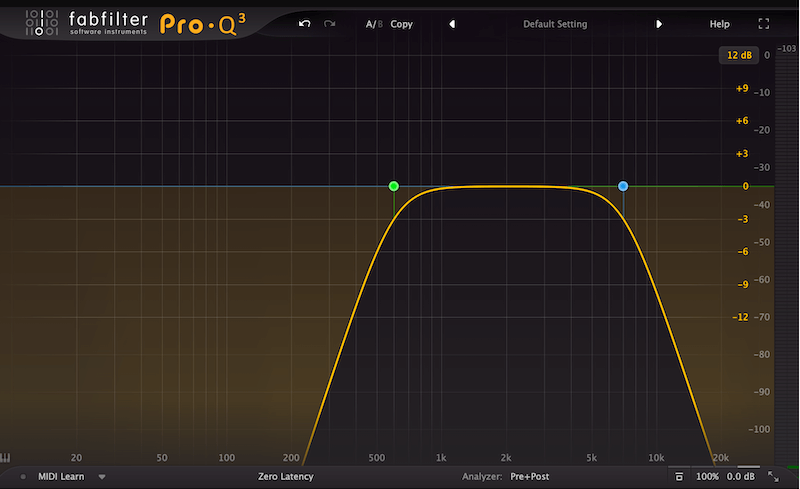
2. Separate FX Channel for the Reverb Plugin
Not that this is 100% necessary, but having the reverb on the separate FX track (also sometimes referred to as reverb bus) has its own benefits that most of the time overcome the cons. So here are a few points that we want to make about this:
- Adding reverb on a separate FX track gives us the freedom to add separate effects before or after the reverb that will give us space to shape it completely to our needs.
- By doing it this way, you will be able to insert the reverb into many other various individual tracks, where you will be able to control the amount of the reverb. Saving CPU is important if you are on a performance tight system.
- Combining the effects on the reverb to additionally shape it might end up giving unique results that can become our signature and originality is something that we all strive for.
This process will lead you to your own tips and tricks that you will create on your own. We cannot point out enough how important this is if you want to experiment and get something new.
3. Combining Two Reverbs
The process of combining two reverbs for one signal is really interesting if you already have an idea of how you want that particular signal to sound. This trick can be applied on every track you want, but the most common usage is when it comes to the vocals.
To get that recognizable vocal reverb sound most of the time requires combining a plate reverb and a hall reverb. Or in other words, one with a shorter decay time and one with a longer one. Our way of doing this is the following. We apply the short reverb across the whole signal, and we use the longer reverb only at the ending phrases.
This will give a sense of presence across the whole vocal track and the ending phrases will add that ear candy that vocals should have once they seize. Another point here is to be careful and try not to overdo it (like with everything else) because you will end up with messy and confusing vocals.
Always check before and after to see what you’ve done and tweak the reverb settings accordingly. The reverb effect is not something that you want to ruin and you need to mix reverb with care no matter what audio track is affected.
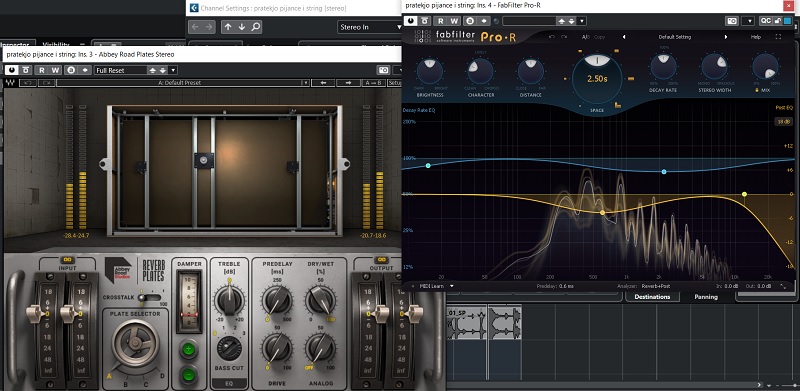
4. Sidechaining The Reverb
Adding a sidechain to your reverb may give you the best of both worlds, meaning a dry, in-your-face vocal along with a long, harmonically dense reverb. You should place a compressor after the reverb plugin you select on the send of your vocals once you have sent them to your reverb of choice. The compressor should be configured to clamp down on the reverb whenever your vocal plays by enabling the sidechain.
To give the illusion of the original dynamic performance, you could compress or duck a buss reverb using the original uncompressed vocal take. Maybe you could create a parallel vocal track that is pitch-shifted and used solely for reverb. Your only limitation here is your own creativity. Most stock DAW plugins now support side-chaining, so the possibilities for experimentation are endless.
Besides the nice bounce that you can add to dry sound of the signal in hand, you will create depth and separation, without affecting the signal, leaving it dry and clearly audible. Both mono reverbs and stereo reverb plugins can work in this situation, so no biggie in choosing one. Also, finding the balance between the dry and reverb tracks is important, so activate your critical listening for this point.
5. Reverb Pre Delay
Reverb plugins have many parameters, but the pre-delay is one of the most important. If you mess this one up, you will have very weird results with the reverb effect. Milliseconds are often used for pre-delays. In terms of pre-delay, you can dial in anything from a few milliseconds to two or more seconds. You have to wait for those milliseconds or seconds before your reverb begins.
When used at settings greater than 30ms, reverb pre-delay settings can sometimes create a flaming effect due to early reflections and the original signal. Making sure the pre-delay time is matched to the sub-division of our track’s tempo will enhance the rhythm of your track. When a large pre-delay time is used, it not only adds a rhythmic element to the track but can also hide any obvious reverb transients.
Suppose you want a majestic hall reverb on your vocal, but you find it unintelligible and washed out when you reverb your dry vocal. If you prefer a delay over another reverb, add some pre-delay instead. Once you’ve dialed it back enough, your vocals will be able to sit in the front, while there should be no noticeable delay between your vocals and the reverb.
Play around till you get the right sound for your reverb. The pre-delay will help you with the separation process and will give your signal the right clear and lush sound. Just try different settings before settling for the pre-delay and you are good to go.
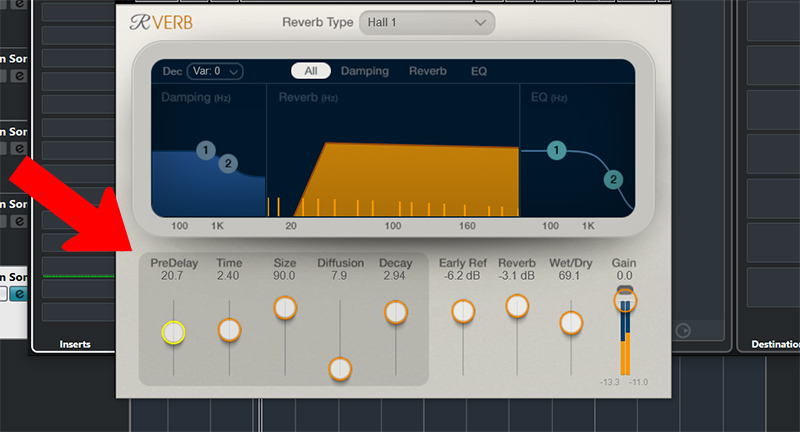
6. Play With The Decay Time
Reverbs reverberate for a certain amount of time depending on their decay setting. This wash of sound generated by the reverberation is referred to as the reverb tail. Thus, a longer decay will result in a longer reverb tail. You can adjust your mix’s front-to-back depth by adjusting the decay settings.
Music that unfolds slowly tends to benefit from longer reverb tails. A sound that progresses rapidly and has a short reverb tail works better. The bright reverb tail may not be necessary at all in some cases. In music, sometimes all you need is the first few reverberations of a sound. These first few reflections are called “early reflections.”
The mastering phase is often when reverb tails are amplified. You shouldn’t wait until the end to ensure you’re not overusing your reverbs. You can check your reverb decisions with a fast mastered mix reference after you have mastered your track. Reverb decisions should be guided by your master, to avoid having to go back and fix them.
We are telling this from our own personal experiences where we needed to go back in the mix to fix the reverb intensity. To add reverb is not only slapping one in the mix but also we need to look ahead and see what can we mess up after the track is mastered.
7. Reverse Reverb Trick
The classic reverse reverb trick is when you reverse the tail of the reverb to make an interesting transition or build-up. We most of the time use this before the drop, where we want to emphasize the impact SFX that is on the first beat after the drop. Here is how we do it:
- Add long tail reverb to the impact, with great decay time and zero pre-delay to have one big complete reverb tail.
- We export only the effect and add it back to the track, now before the hit blasts, meaning in the build-up.
- This is the point where we are reversing the reverb tail, meaning that the reverb swells as it goes forward.
- It is also important to cut off the original hit that is with the exported reverb in order to avoid duplication of the sound.
- Add nice fade-in or filter automation to make it even more interesting and that’s it.
We hope it’s pretty clear what you need to do at this stage since this trick is pretty common and if you set the reverb properly, you will have a nice effect created with the wet signal of the original reverb.
Conclusion
Well, you can find some interesting points and great reverb mixing tips and tricks that you can use on your next mixing session. Sometimes using less reverb or little or no reverb can make your music sound good. We found that using reverb in Hip Hop mixes is sufficient and we stay with delays at that stage.
But if your music genre is reverb-heavy, then these tips might come in handy when making the decisions. Mixing with reverb is a tactic of its own so apply reverb with care and do not drown your signals in the wetness of it.
If you think we missed something or you want to add something else, do not hesitate to reach out to us in the comments below and we will sort it out. Until then – ADD REVERB ON A SEPARATE FX TRACK! 🙂

